Are you looking to create an awesome website? How about backing it with best-in-class tools and technologies to stand out? Sounds great? This blog has listed top web design tools and development technologies you should consider in 2021 to build a powerful website.
First impressions are everything. No matter if it’s your first date or people visiting your website the very first time, you need to have an impressive first impression. Research shows that 94% of people notice the look and feel when they first visit it. Additionally, 1 to 5 seconds load time increases the bounce rate probability by 90%. You see that web design and development need to go together for a purpose-driven site.
Designing and developing a website might sound easy to you, but it surely is not. Ask any local website designers, and they would tell you what it takes to create a website that persuades visitors and converts.
A vast set of tools and technologies are needed to make a website powerful. If you want a website to look beautiful and function as you wish it to, you need to adopt some effective web design tools and development technologies to achieve your goal.
The Importance of Good Website Design in Today’s Time
As mentioned earlier, a website design serves as your business’ first impression. It takes just 50 milliseconds for users to form an opinion about your website. Therefore, you need to have a persuasive website that attracts visitors. But why do you need a good website design, especially in today’s age?
A well-designed website boosts trust and brand consistency. It undoubtedly enhances usability and eases navigation. A good website design fosters your SEO strategy. An aesthetically-pleasing website persuades visitors and improves conversions. A website that is eye-grabbing gives you an edge over your competitors.
9 Essential Web Design Tools You Need to Know in 2021
Adobe Dreamweaver
This is one of the most powerful code-free web design tools. It allows designers to directly code the design they want for the website with no vast programming knowledge. This tool allows designers with a real-time preview of the content as they make edits to the code. It can create a responsive design in no time at all. The Dreamweaver allows designers to code efficiently with HTML, CSS, JavaScript, etc.
InVision Studio
This UI designing tool comes with unmatched features and apps. The incredible features of InVision Studio help designers to create website interfaces that are both eye-appealing and highly functional. Rapid prototyping is another notable feature of InVision Studio that enables website developers to create a website transition that is both complex and creative.
Sketch
This is one of the most popular web design tools, mainly used for vector UI designs. Many online stores and businesses demand interfaces and prototypes in hi-fidelity, which makes Sketch a vital tool. Sketch enables designers to export the design into a clickable prototype. “The Symbols” is the most crucial feature of Sketch, allowing designers to design reusable UI assets and elements.
Google Web Designer
This web design tool helps you make interactive designs, ads, and animations using HTML5, CSS3, and JavaScript. From static cue cards to 3D images, Google Web Designer is a go-to tool for those looking to create motion graphics for today’s digital advertising and marketing collateral. The best part is, the designed elements and graphics will be compatible with any device.
Photoshop
This is one of the most imperative tools and an essential adobe suite for web designers. This tool comes with endless color options and gradients, allowing designers to create stunning patterns. Designers can use this tool for posters, packaging, banners, and websites. Adobe Photoshop is the right tool for those who are looking for a creative website design.
Divi
This is a robust “what you see is what you get” (WYSIWYG) WordPress theme and responsive page builder. This website building platform lets developers build the website visually. It grants utmost ease and efficiency to design professionals and newcomers for creating magnificent designs. Divi comes with a drag and drop builder that lets you create custom web templates easily.
Squarespace
This is a feature-packed website designer tool that has over 90 flexible web design templates. Squarespace offers customers account functionality for online stores and inventory management, discount codes, and abandoned card recovery. This tool comes with flawless layouts and bleeding-edge artistic vibes. If someone is looking to build an e-commerce site, Squarespace is what one should choose.
Figma
The best thing about this web design tool is that it’s a web-based app with auto layout, asset libraries, and shareable prototyping features. Figma has an auto-save feature that means you don’t need to worry about losing your work as a designer. With Figma, there is no need for other third-party tools to enable the exchange of mockups or updates.
Canva
Canva has become today’s go-to tool for making quick graphics for the website or social media platforms. With easy drag and drop layouts and predefined, optimized templates, you can build everything from Facebook posts, Instagram stories to book covers in no time. Canva is a graphic design goldmine with millions of stock images, vectors, illustrations, photo filters, and hundreds of free fonts, icons, and shapes.
The Importance of Website for Business Growth in 2021
Every web marketing agency will agree if we say that websites have become the most critical tool and medium for marketing for modern businesses. The world is literally in our hands, and the information is at our fingertips, there’s no second thought to that.
That said, website development assumes great significance. There are so many reasons why your business needs a website in 2021. Having a website ensures a 24/7 online presence, establishes credibility and trust among users, increases sales and revenue.
7 Best and Most Popular CMS Technologies for Web Development in 2021
WordPress
WordPress is the world’s most popular CMS, powering around 39.5% of all websites. When it comes to choosing CMS, WordPress always steals the chance. It is the number one choice for the best CMS platform for many. It was originally designed for blogging but is now used by all sorts of websites and online stores. WordPress offers you flexibility in customization and is well packed with SEO features.
Wix
Wix is a beginner-friendly website builder that allows anyone to create a website in no time. Wix’s drag and drop interface makes it easy to create pages that look just how you want. There are lots of pre-made templates you can choose from in Wix. They are super responsive, meaning the created website will look great on mobiles, desktops, and any other screen.
Shopify
Shopify is an industry leader in the e-commerce space. It is an all-in-one hosted CMS platform. It has a drag and drop interface, supporting in-store sales. Shopify has built into the platform all of the features that e-commerce store owners need, such as payment collection, shipping, inventory and discount management, and more. You can also buy third-party Shopify apps that let you add all sorts of features to your online store.
Magento
Magento is a household name, being one of the most recognizable eCommerce brands today. It is a robust open-source e-commerce platform backed by Adobe. Magento is highly customizable with lots of third-party extensions available to add some extra features. It allows users to easily build an online store, accept online payments, manage their products, and more. Nike, Ford, and Coca-Cola are some big brands using Magento.
Joomla
Joomla is another popular free, open-source CMS platform that comes with lots of different templates and extensions. It’s an ideal CMS for experienced ones, not a good option for beginners. Being a viable CMS for many types of websites, Joomla gives users a lot of flexibility and plenty of options to build something complicated.
Drupal
Drupal is the CMS behind some major websites, including The Economists, Tesla, Mint, NASA, and many more. Like WordPress and others, it is also a free, full-fledged open-source CMS that offers themes and modules to customize website features and functionalities. Drupal is a powerhouse that focuses on complex websites with heavy content and large databases.
TYPO3
TYPO3 is more of an enterprise CMS which means it’s useful for intranet sites (aka internal company sites). It can handle really large websites, including ones that have multiple websites in different languages. It’s a good choice for large international companies. There are several extensions available for TYPO3 that offer extra functionality.
Top 10 Custom Website Development Frameworks (Front-End and Back-End)
There are many technologies to create a custom website, and frameworks are an essential part of web development. However, there are many custom web development frameworks in the market, and choosing the right one becomes challenging. No worries! Here we have listed some of the best in-demand web development frameworks for front-end and back-end development.
Back-End Frameworks
Express.js
Express.js is quickly becoming one of the most trending best frameworks for web development nowadays. It is a server-side, Model-View-Controller) web framework based on the JavaSCript runtime Node.js. Express.js is the success behind Accenture, IBM, and Uber. The framework provides some core framework functionalities without confusing Node.js’ features and leverages Node.js’ powerful performance.
Django
It is a python-based back-end framework that gives much comfort and ease in developing complex and purpose-driven websites. Django allows developers to write readable, clean, and maintainable code. Presently, Django is recognized as the best web development framework to develop the back-end of the web. NASA, YoutTube, Quora, Spotify, Instagram, and Pinterest are some popular Django websites.
Ruby on Rails
It is a server-side web framework written in Ruby that works on the “don’t repeat yourself” and “convention over configuration” ideology. It has influenced web development since its emergence and now become the prime back-end framework, giving tough competition to all the top web technologies out there. GitLab, Fiverr, Basecamp, Twitter, and Shopify are some big websites backed with Ruby on Rails.
Laravel
PHP is one of the vital web development languages that has immensely influenced the entire website development industry. Currently, Laravel is one of the most prominent frameworks of PHP. From building websites for small to large organizations, Laravel handles everything with ease. It follows the Ruby on Rails theory and offers CoC and many out of the box functionalities required for web development.
Spring
Spring is an MVC framework that uses Java. This server-side framework has grown with time and now becomes the primary web development framework in Java-based app development. The best thing about Spring is that it is evolving with the ever-changing digital landscape and playing a huge role in making Java relevant in the age of Cloud computing.
Front-End Frameworks
Angular
Google introduced Angular in 2010, and since then, it’s been grabbing the attention of many big technological players. Angular specializes in building rich single-page apps. It’s a vibrant framework able to build complete client-side websites. This framework focuses on stability and robustness over innovation. Upwork, IBM, PayPal, Forbes, and The Guardian are some popular Angular websites.
React.js
React.js is developed by Facebook and has gained massive popularity in the web development industry. It is now deemed the most beloved JavaScript framework of every programmer. Many developers choose to React as their base foundation for their web solutions. It strongly follows the “Learn Once, Write Anywhere” philosophy. Website developers can use React to develop sites for any user interface.
Vue.js
Vue.js is the new rising star and a well-known JavaScript library framework that can build stunning user interfaces. It’s a progressive framework that ensures everything will work fine while developing a website. Due to its simplicity and versatility, Vue.js has rooted its place in the list of top web development frameworks. Big companies like GitLab, Netlify, 9GAG, and AirCall leverage Vue.js.
Ember
Released in 2011, Ember.js has deemed the top productive JavaScript framework that uses the component service paradigms containing HTML and CSS. Today, the Ember community is enormous, and it’s ever-expanding with new features. It comes with more productivity right out of the box when compared to others on this list. Google, Apple, LinkedIn, and Netflix use this framework.
Backbone
It is one of the lightest JavaScript frameworks based on Model View Presenter (MVP). Similar to the controller, MVC architecture’s view allows the implementation of component logic. Backbone allows you to develop single-page apps swiftly. The platform allows you to develop projects that require different types of users, where the arrays can be used to distinguish the models.
Conclusion
A good website is always backed by powerful web designing tools and development technologies. For a tailor-made and standout website, always select the technologies based on your unique website requirements. We hope this comprehensive post about top web design tools and development technologies will help you create a robust, interactive, and emerging website.
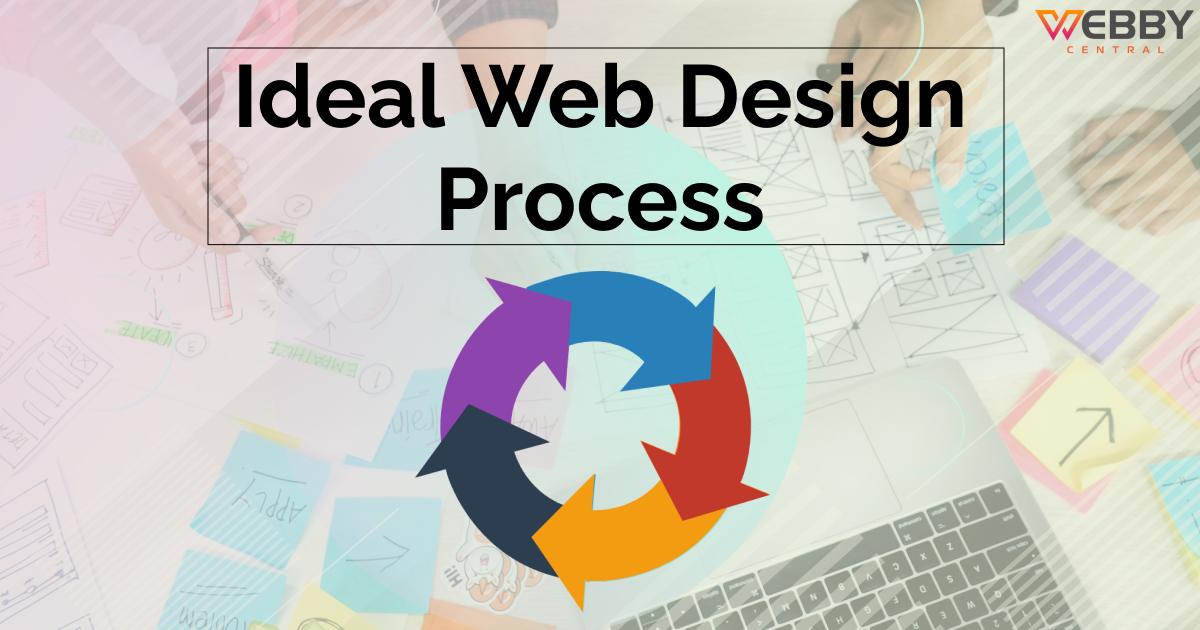



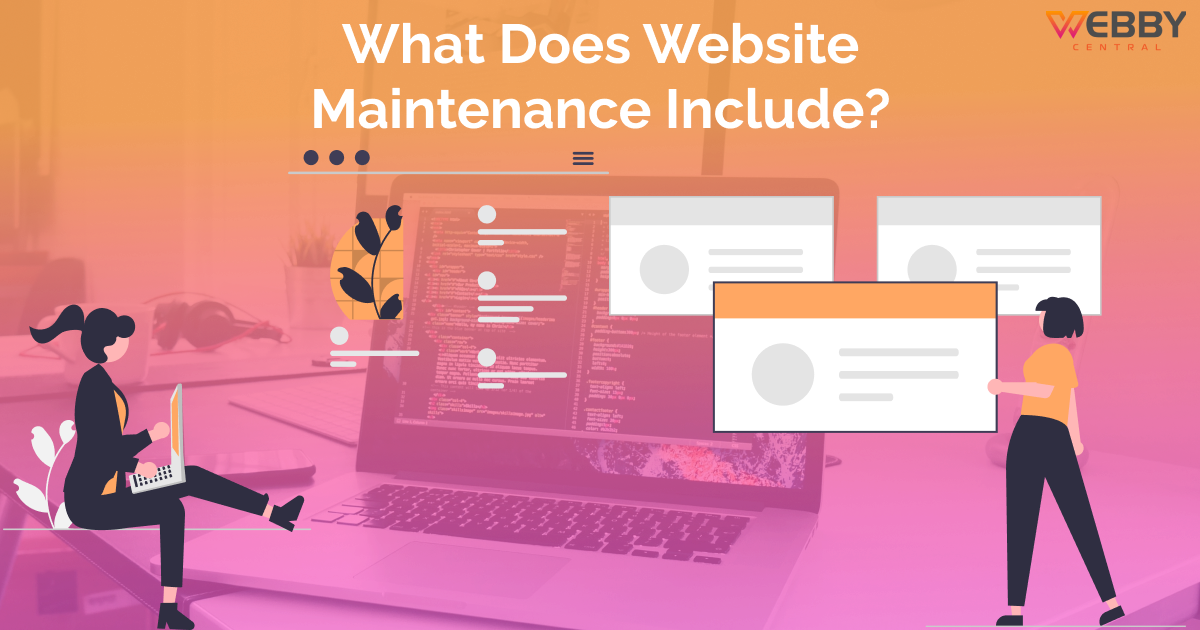
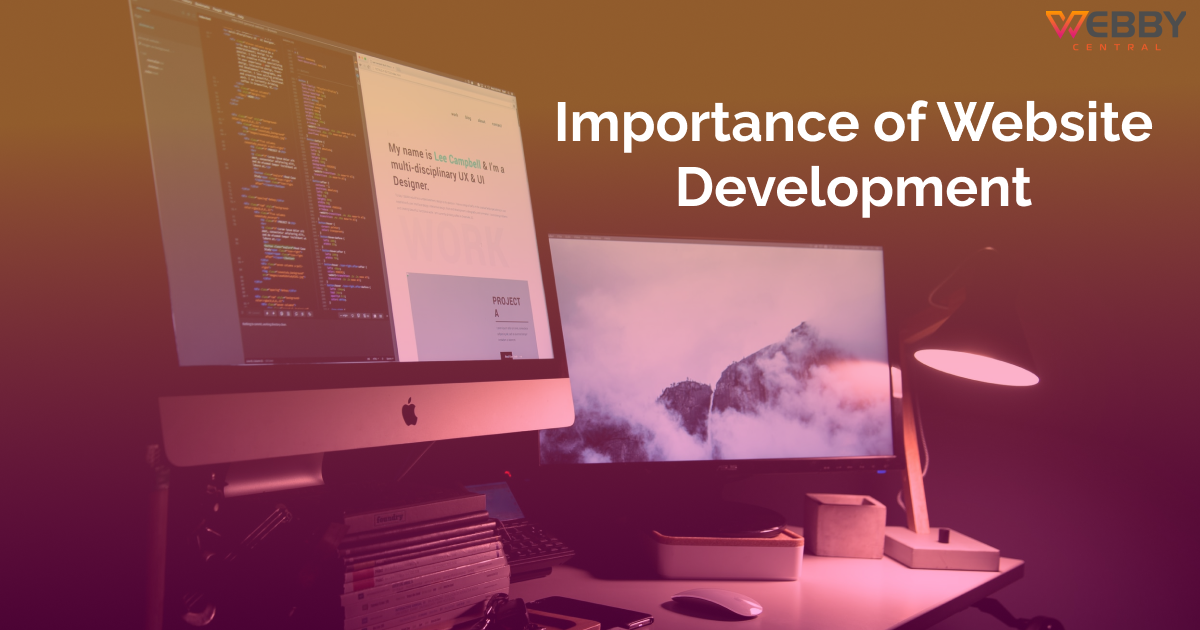
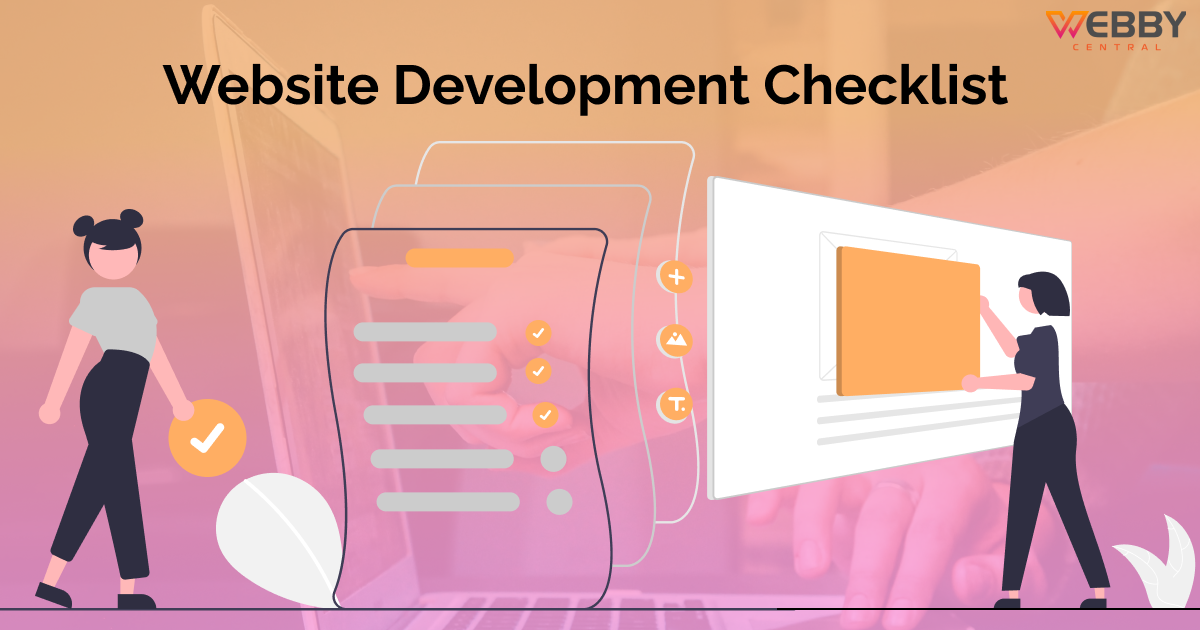
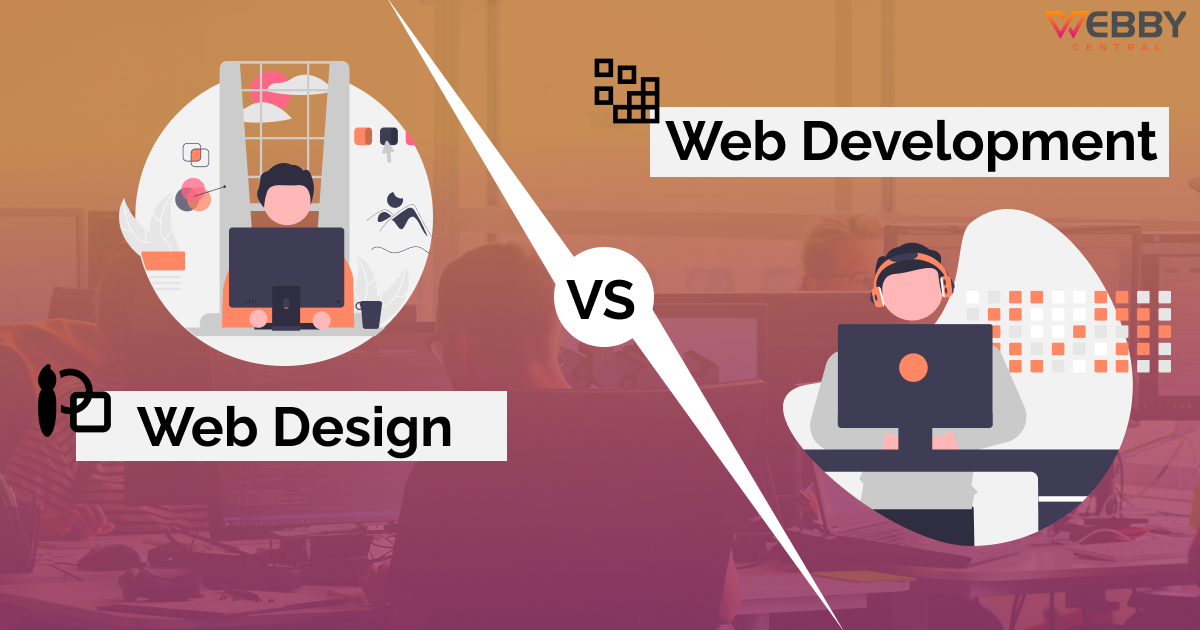


Write A Review